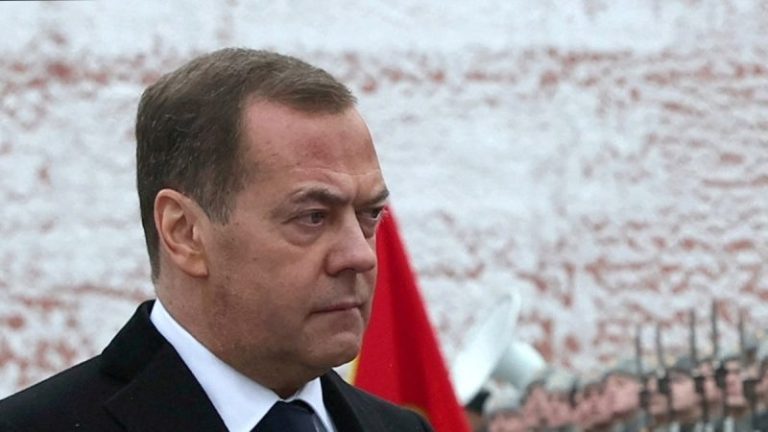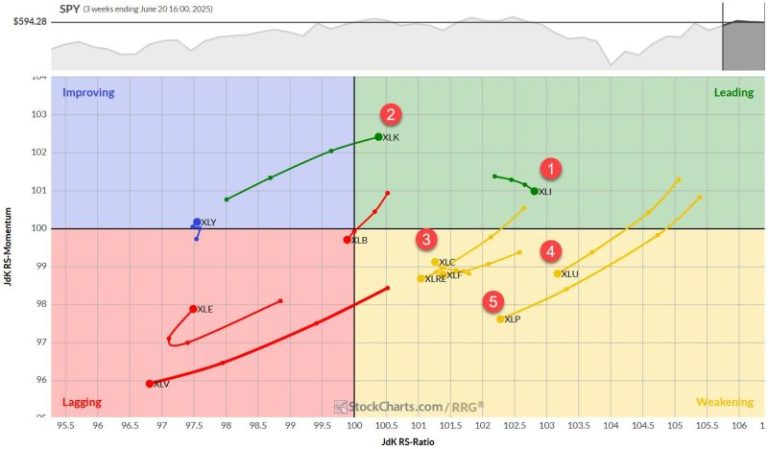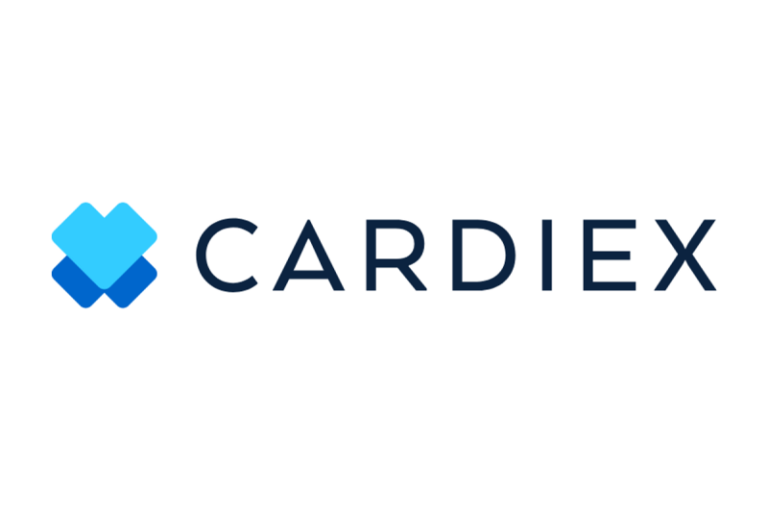Emil Bove will appear Wednesday before the Senate, where he is expected to face tough questions during a hearing about his controversial entrance into Justice Department leadership and former role as President Donald Trump’s personal lawyer.
Trump nominated Bove, who fiercely defended the president during his criminal prosecutions, to serve in a lifetime role as a judge on the Pennsylvania-based Third Circuit Court of Appeals.
Trump said Bove would ‘restore the Rule of Law,’ a remark that came as sitting judges have drawn Trump’s ire for handing down dozens of orders blocking parts of his agenda.
Deputy Attorney General Todd Blanche, who has worked closely with Bove for years, told Fox News Digital in a phone interview ahead of the Senate Judiciary Committee hearing that Bove was a ‘freaking brilliant lawyer’ and that his nomination to the appellate court was a ‘no-brainer.’
Blanche described his colleague as the ‘most gentle, empathetic, great person that anybody could ever work with,’ a characterization sharply at odds with some who have been in Bove’s crosshairs.
In his early years, Bove was a high-achieving student, a division one athlete on his college lacrosse team and a Georgetown University law school graduate.
He went on to clerk for two federal judges and worked for about a decade as federal prosecutor in the Southern District of New York, where he led high-profile terrorism and drug trafficking cases through 2019.
Blanche brought Bove into his private practice, where they tag-teamed Trump’s prosecutions, including by appearing by the president’s side during his six-week hush money trial in Manhattan last year. At the end of it, Trump was convicted by a jury of 34 counts of falsifying business records, marking the lone case out of Trump’s four to lead to a conviction.
Blanche said that behind the scenes, Bove was critical to their defense work and wrote the vast majority of their legal briefs.
In letters to the Senate, a group of Republican state attorneys general said Bove was courageous for representing Trump ‘when few other attorneys would step up.’ Attorney Gene Schaerr called Bove’s brief writing ‘superb.’ One of Bove’s past law firms said he was ’eminently qualified.’
Nearly three dozen retired law enforcement officials praised Bove as a ‘trusted and respected partner,’ saying he had a profound understanding of the Drug Enforcement Administration and was responsible for breaking apart transnational criminal networks.
‘His efforts have directly contributed to high-impact cases that have saved lives and protected vulnerable populations,’ the retired officials wrote. Others heaped similar praise.
The rosy picture that Blanche and Bove’s supporters paint is drastically different from the one presented by a handful of DOJ officials who left the department because of Bove and defense lawyers who observed him in action during his time as a New York prosecutor.
While Bove was serving as acting deputy attorney general ahead of Blanche’s confirmation in March, two top lawyers in the Manhattan U.S. attorney’s office and five officials in the DOJ’s Public Integrity Section chose to abruptly leave their jobs instead of complying with Bove’s order to drop New York Mayor Eric Adams’s federal corruption charges.
During the debacle, a judge dismissed the Democratic mayor’s charges with prejudice, instead of without prejudice as Bove had requested, meaning the Trump administration could not bring the case again.
The judge’s decision came after the ousted lawyers blasted Bove for engaging in a dishonest quid pro quo with the mayor. The chain of events left some conservative legal analysts harshly questioning the wisdom of Bove’s actions, saying it undermined the DOJ’s work.
Trump’s mass deportation plan involved the unprecedented move of invoking a wartime law called the Alien Enemies Act. Bove indicated during an internal meeting in March that he anticipated judges would attempt to shut down the operation, according to attorney Erez Reuveni.
Reuveni, a 15-year DOJ veteran who was fired after struggling to defend one of the Trump administration’s deportation during a Maryland court hearing, said in a whistleblower complaint published Tuesday that Bove shocked meeting attendees by telling them they would ‘need to consider telling the courts ‘f*** you’ and ignore any such court order.’
Reuveni said Bove’s remarks were far afield of anything he had heard at DOJ during his tenure there and that court defiance and misleading judges were a hallmark of the department during some of the most controversial immigration cases that arose in March.
DOJ attorneys have been admonished by judges for appearing to flout court orders, but they have, thus far, avoided being held in contempt of court and other sanctions.
Bove was known by some of his peers as a zealous prosecutor during his SDNY days, but defense lawyers were alarmed by his ruthlessness. Some viewed him as vicious, rude and power-hungry, according to interviews with attorneys and media reports.
One longtime defense lawyer who crossed paths with Bove in New York told Fox News Digital the nominee was an arrogant ‘bully’ and browbeat people.
In 2018, a band of defense lawyers said in emails reported by the Associated Press that Bove needed ‘adult supervision’ and could not ‘be bothered to treat lesser mortals with respect or empathy.’
A retired New York City FBI agent told the Associated Press that Bove’s perceived turnabout on Jan. 6 riot cases was ‘almost like Dr. Jekyll and Mr. Hyde.’ Bove showed no outward concerns while in New York when he helped with prosecuting the cases, the retired agent said.
When Bove stepped into his role at Trump’s DOJ, he warned the FBI in a formidable memo that leadership would take ‘personnel action’ against FBI agents who participated in Jan. 6 cases, which Trump ‘appropriately described as a ‘grave national injustice’ that has been perpetrated upon the American people,’ Bove wrote. The notion that thousands of employees who interacted in some way with a Jan. 6 case would see their jobs at risk prompted Bove to issue a follow-up note clarifying that employees who merely followed orders had no reason to worry.
An online petition launched by retired New York federal prosecutor Laurie Korenbaum has dozens of signatures as of this publishing and calls Bove’s nomination a ‘travesty.’
Senate Judiciary Committee Democrats have demanded more information on Bove’s time at SDNY, signaling they plan to grill Bove over it during the hearing.
Blanche told Fox News Digital the viewpoints surfacing in the media about Bove were ‘distorted.’
‘The misconception about him is completely driven by kind of a fear that if he takes the bench, he’s going to do something crazy, which he will not,’ Blanche said.
This post appeared first on FOX NEWS










